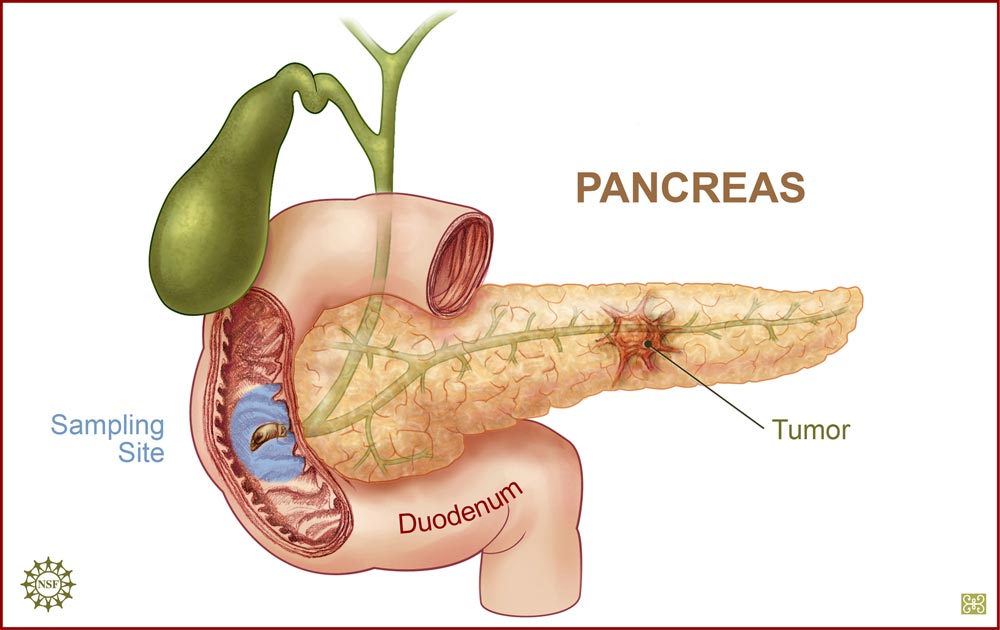
Living in Alachua County, we are more than 40 percent more likely to die of diabetes than residents in the rest of Florida. the odds are worse if we’re African American. between 2006 and 2008, the age-adjusted death rate from diabetes was 155 percent higher for black residents than for white residents.
Those figures are part of the 2010 Alachua County Health Needs Assessment. And the no. 1 factor behind the numbers? Obesity.
A report last week from the UnitedHealth Center for Health Reform & Modernization states than more than half of all Americans will have diabetes or pre-diabetes by 2020.
The health care costs of the diabetes epidemic could reach $3.35 trillion if current trends continue, the report warns.
We are growing fatter, and with obesity comes a phalanx of chronic health problems, including Type 2, or noninsulin-dependent diabetes.
The average health care costs in 2009 for a person with known diabetes totaled $11,700, compared to an average of $4,400 for the remainder of the population, United HealthCare reports.
Fortunately, diabetes is also one of those problems for which there is a solution. while there’s no cure, diabetes can be managed. Early screening helps. Healthier diets and more physical exercise are the two keys to controlling its potential health impacts, which are many and serious: heart attack, stroke, blindness, amputations and kidney failure.
Diabetes educators point out that there are two types of diabetes. Type 1 is an autoimmune disorder, genetically linked, in which the body attacks itself and destroys the cells in the pancreas that make insulin. People with this condition are usually diagnosed young and must receive insulin to live.
Type 2, or adult-onset diabetes, is reaching near-epidemic proportions. Obesity is a major risk factor, and those with it have trouble putting insulin to use in the body to metabolize dietary sugars. Type 2 diabetics face more complications, including high blood pressure, high cholesterol, heart disease and stroke.
Common symptoms include frequent urination, excessive thirst, extreme hunger, unusual weight loss or gain, increased fatigue, irritability, blurred vision and frequent infections.
With this type of diabetes, experts’ advice is simple: move more. Eat less.
However, as Diane Dimperio of the Alachua County Health Department points out, it isn’t always easy to follow that advice. Food temptation is everywhere, especially over the holidays. You may feel too rushed to fit regular exercise into your daily schedule. You may be the only one in the family cutting back on sweets and sodas.
There are local programs that can help, Dimperio said.
At the Alachua County Health Department, primary care specialists assist with medical management of your disease. There is also an enhanced program for diabetes management headed by an exercise physiologist for diabetics who come through the clinic. for some, the program provides free glucose testing strips.
“We are starting to acquire data to measure the success of this program,” Dimperio said, “but on a case-by-case basis, I can say we’ve seen a huge improvement.
Then there’s the CHOICES health education and wellness program, which offers exercise and nutrition classes in a group setting.
Participants don’t have to be enrolled in CHOICES to participate and classes are held “all over the county,” Dimperio said. Exercise options range from zumba and kickboxing to senior exercise, sports conditioning and pilates.
Here are some general tips worth following:
Lose weight if you are overweight.
Eat small, frequent meals to maintain blood sugars within healthy range.
Keep refined starches and sugars to a minimum.
Minimize consumption of saturated fats and trans-fats.
Eat lots of vegetables.
Increase your activity level. Aim for 30 minutes a day
“Take control; don’t be a statistic,” Dimperio said.